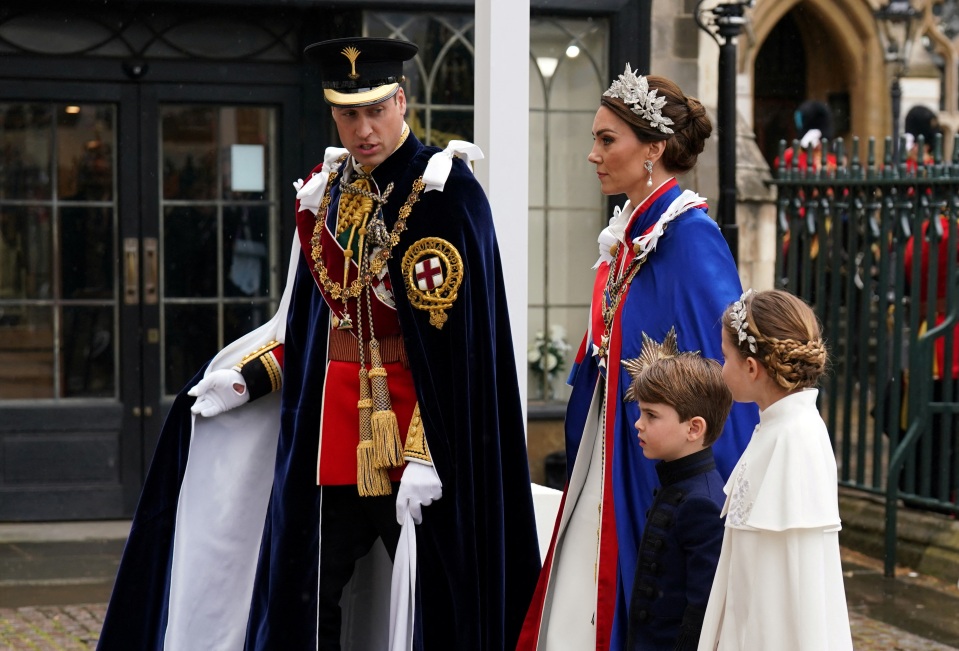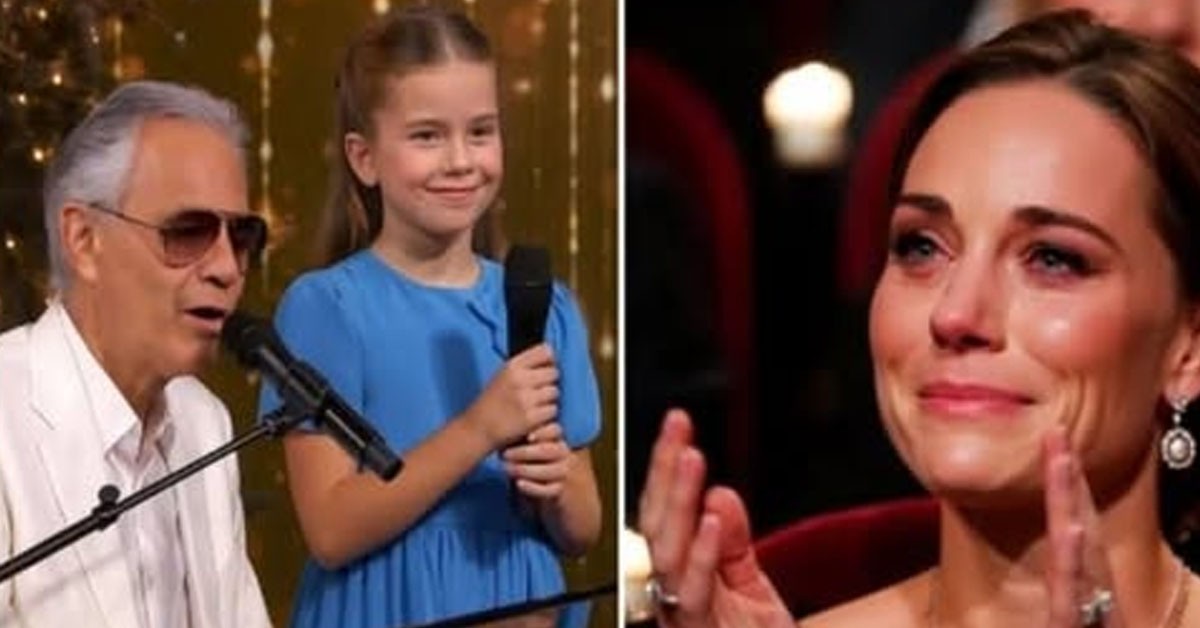
In recent public appearances, King Charles has noticeably adopted a more reserved role, allowing William and Catherine to command the spotlight. This shift is not merely a matter of preference; it reflects a broader strategy within the royal family to modernize and adapt to contemporary expectations. Royal insiders suggest that Charles is deliberately stepping back to give his son and daughter-in-law the opportunity to establish their presence as the future leaders of the monarchy.
The monarchy has long been seen as a bastion of tradition, but recent events indicate a willingness to embrace change. William and Catherine's approach to royal duties feels less like a continuation of age-old customs and more like a reimagining of what the monarchy can represent. Their ability to connect with the public, particularly younger generations, suggests a shift in how the royal family intends to engage with society moving forward.

This transition is not just about appearances; it embodies a broader cultural shift within the monarchy, intensifying the need for relevance in an increasingly modern world. As Charles steps back, the narrative of the monarchy is being rewritten, with William and Catherine at the forefront.
While the crown may not have officially changed hands, the balance of power within the royal family is undeniably shifting. Observers have noted that as Charles focuses more on recovery and less on royal duties, the influence of William and Catherine grows stronger. This dynamic raises questions about the future structure of the monarchy and the roles each member will play.
The whispers inside palace walls are growing louder, suggesting that this transition is not merely a personal choice for Charles but a strategic move to ensure the monarchy's longevity and relevance. The gradual repositioning of the royal family indicates a recognition of the changing expectations of the public and the need for a more relatable and engaging monarchy.
The public's response to this shift has been largely positive. William and Catherine's modern approach resonates with many, particularly as they tackle contemporary issues such as mental health, environmental sustainability, and social justice. Their ability to connect with everyday citizens has revitalized interest in the monarchy and its role in British society.

Moreover, this transition comes at a time when the monarchy faces scrutiny and calls for reform. By allowing William and Catherine to take a more prominent role, the royal family appears to be encouraged the need for change and a more transparent relationship with the public.

